A knife might be the best gift to give someone in your knife that cooks– from the total amateur to the professional chef. A good knife is truly the difference between vegetable prep being fun and a chore. Shopping for knives, however, can feel overwhelming, expensive, and full of way too many choices. To make this easier for you this holiday season, we set out to answer the most common questions asked about shopping for a knife.
Should I buy my special someone a knife block/set?
Good news! Even if you’re setting up a loved one with their first knives ever, you need to buy no more than 3 knives. They’ll need one large chef’s knife, a small paring knife, and maybe a serrated bread knife if they like to cut carbs the old-fashioned way. The chefs’ knife is what they’ll use over 90% of the time so if you’re just buying one, this is the one to invest in.
What about the metal stick? Do I need to buy one of those to sharpen the knife? The salesperson was insistent.
We bet they were. A honing rod is a nice accessory to have but it is not mandatory. What a honing rod does is gently massage your knife’s edge towards the center, helping it cut better. A honing steel will not make a dull knife sharp, however. It will only keep a sharp knife really sharp.
What’s the difference between Japanese and German knives?
The main difference between the two most popular styles of knives is the type of steel and the angle of the edge. As a general rule, German knives have a wider beveled edge, meaning they are sturdier but can’t get as sharp as Japanese knives, which have a really narrow edge that requires careful maintenance. German knives can be sharpened using a knife grinder, while Japanese knives are best sharpened on a whetstone. Both cut well and it’s worth noting that they also make great knives in France (Opinel), Switzerland (Victorinox), and right here in the USA (Chicago Cutlery)! Don’t worry too much about where a knife comes from.
What’s Damascus steel? Is that like from Game of Thrones?
Unlike Valyrian steel, Damascus steel is quite real, and even available at Sur La Table now! The term refers to a type of steel used in legendarily sharp swords made in Syria for hundreds of years. Today, Damascus steel knives will have an unmistakable shimmery ripple pattern on the blade, which looks undeniably cool. While pretty, this type of steel isn’t a must-have for a quality knife.
Do I need to spend a lot of money to get a good knife?
While a good knife is a great tool to invest in, you can get a great one without spending a ton of money. What matters most is not how much the knife costs, but that’s is sharp, well maintained, and comfortable to use. A properly maintained knife can last for decades, making it the ultimate gift!
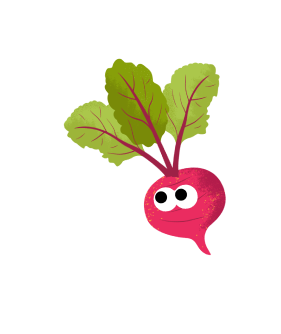
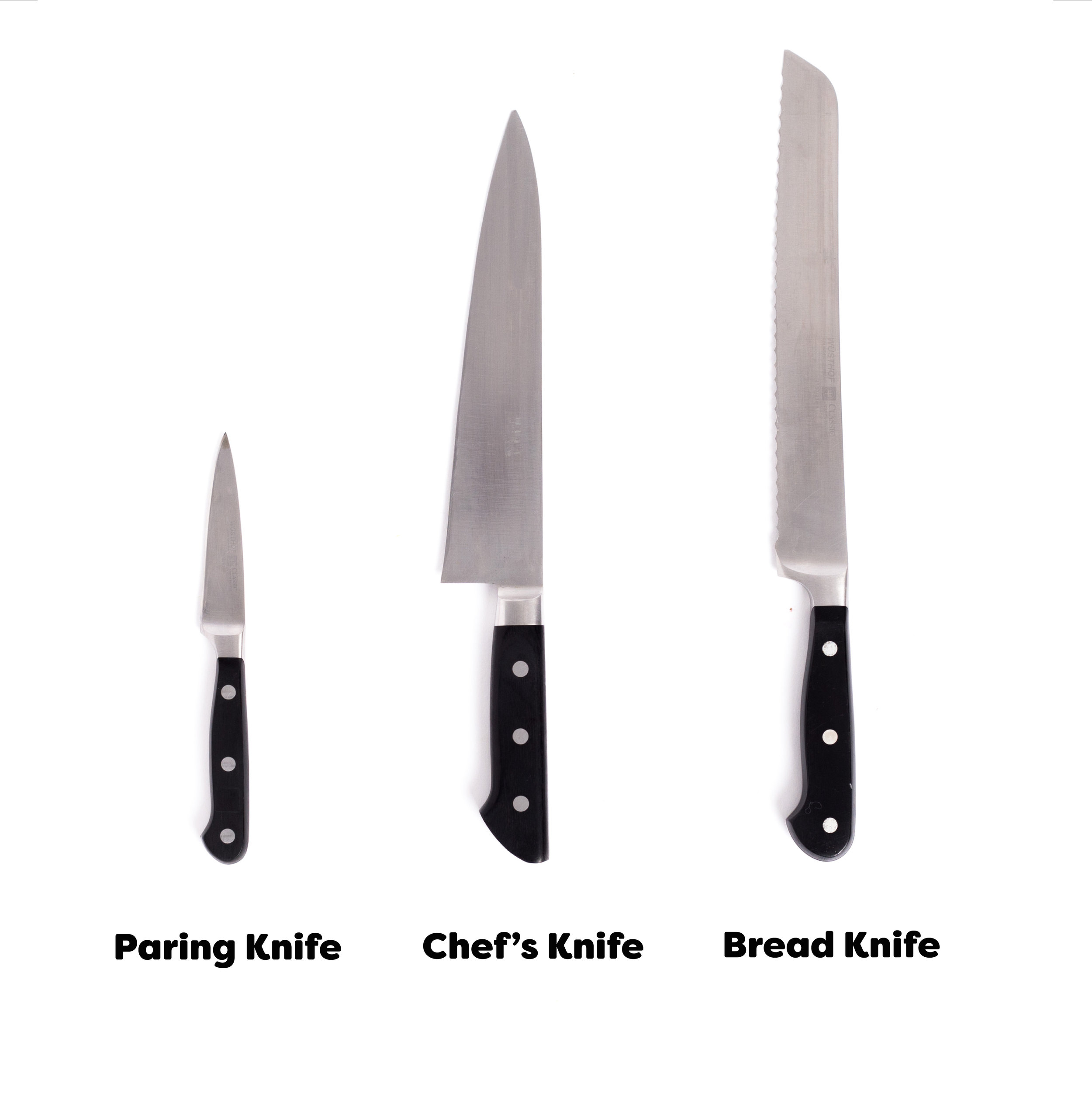


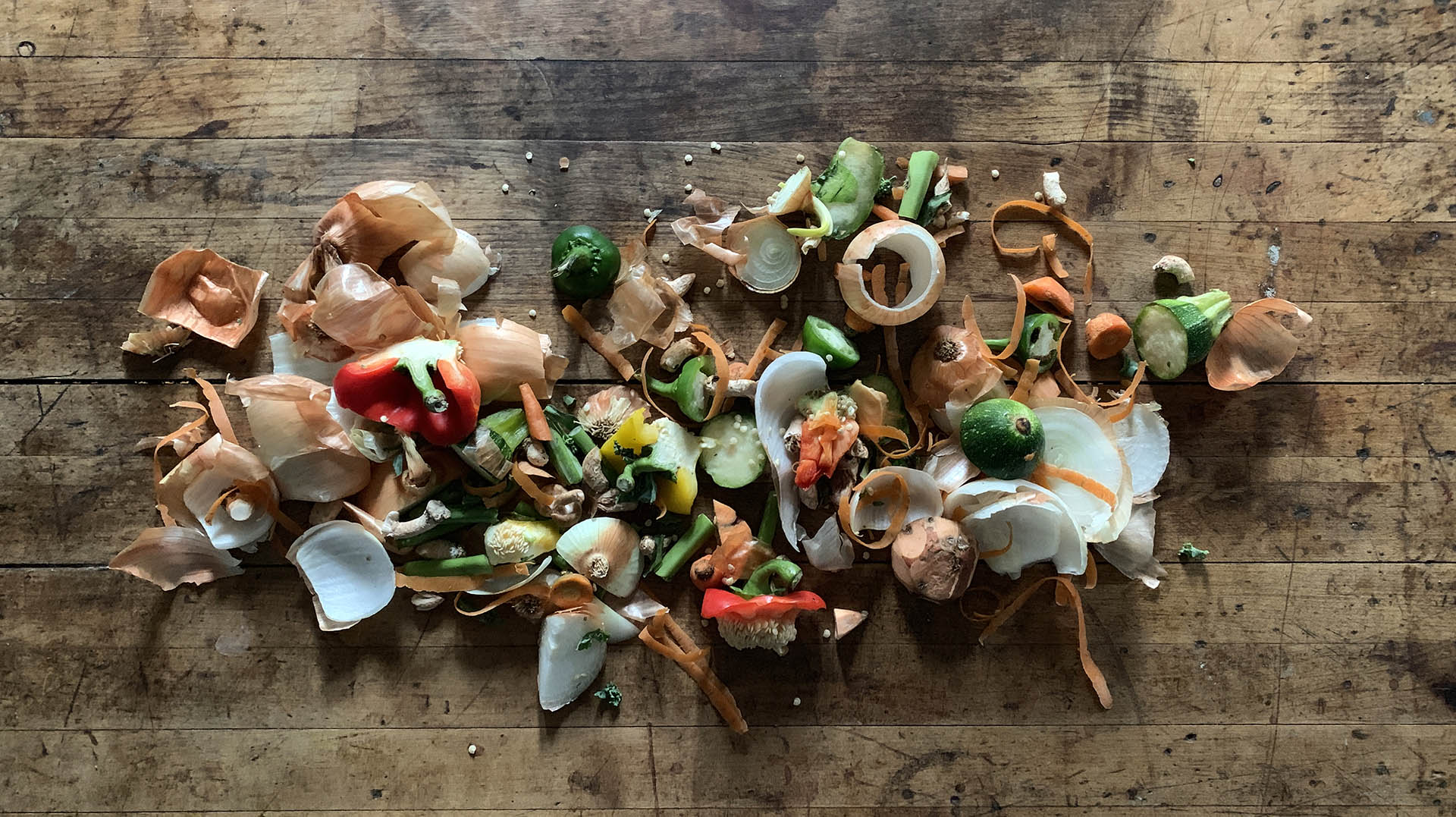
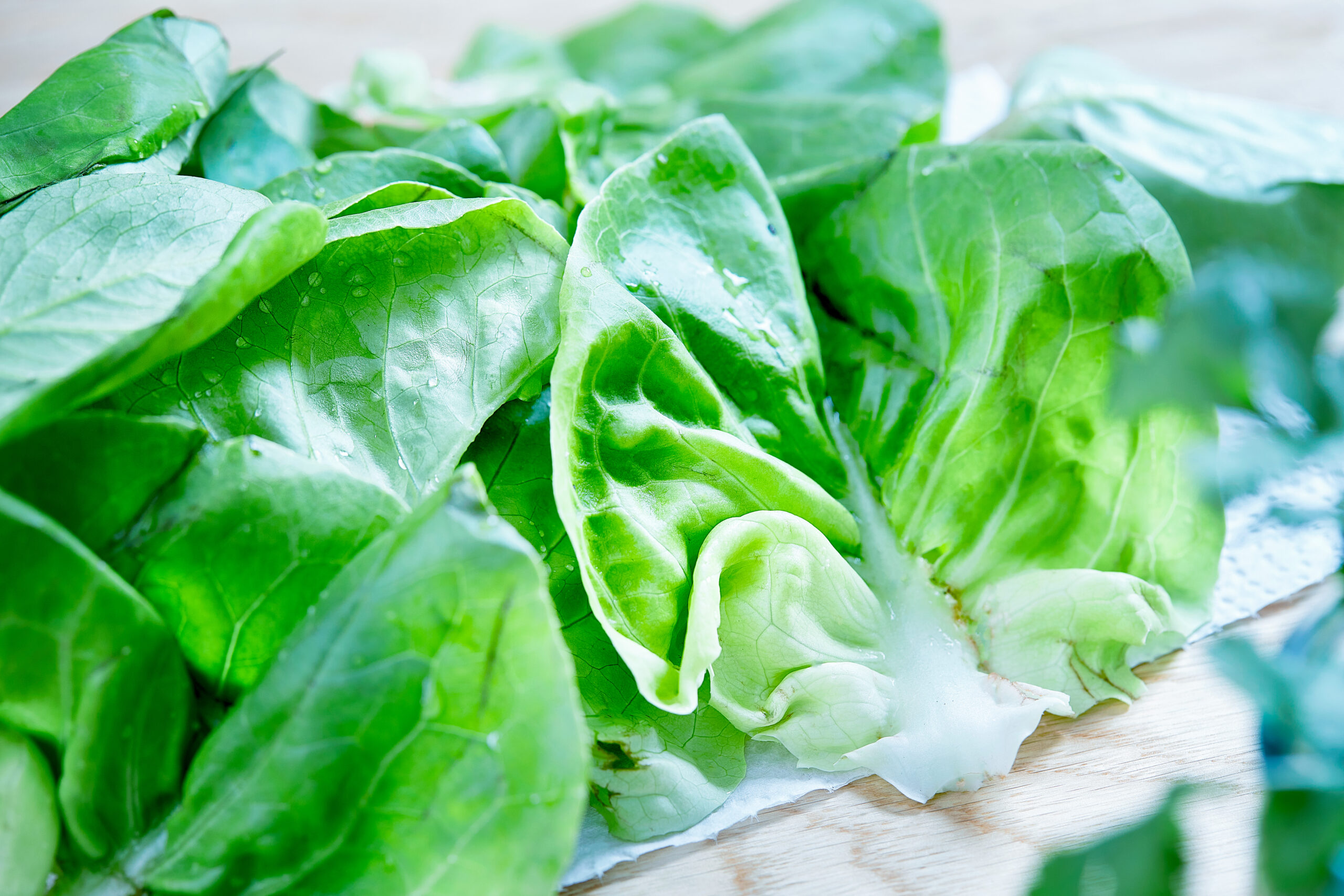
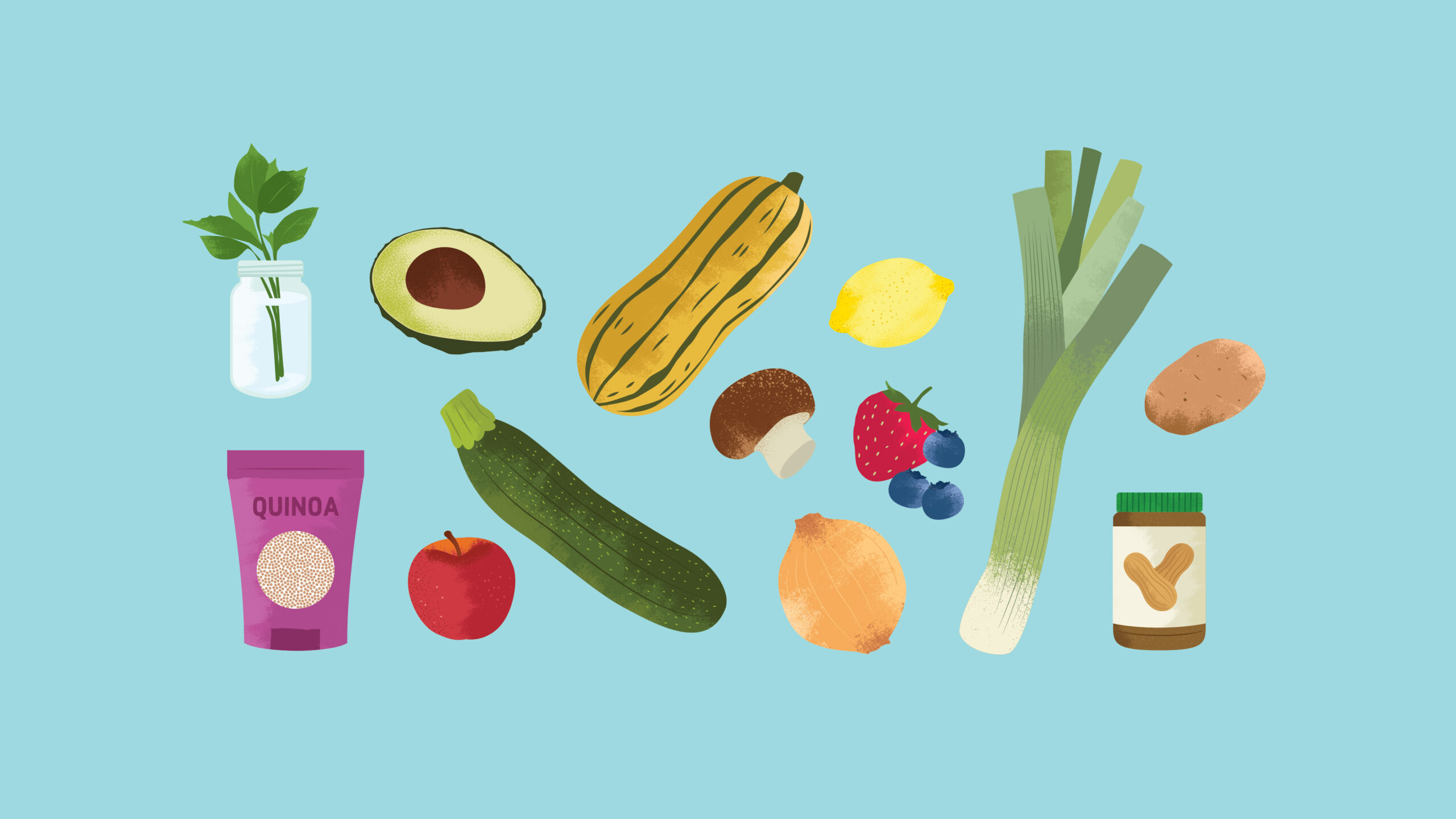
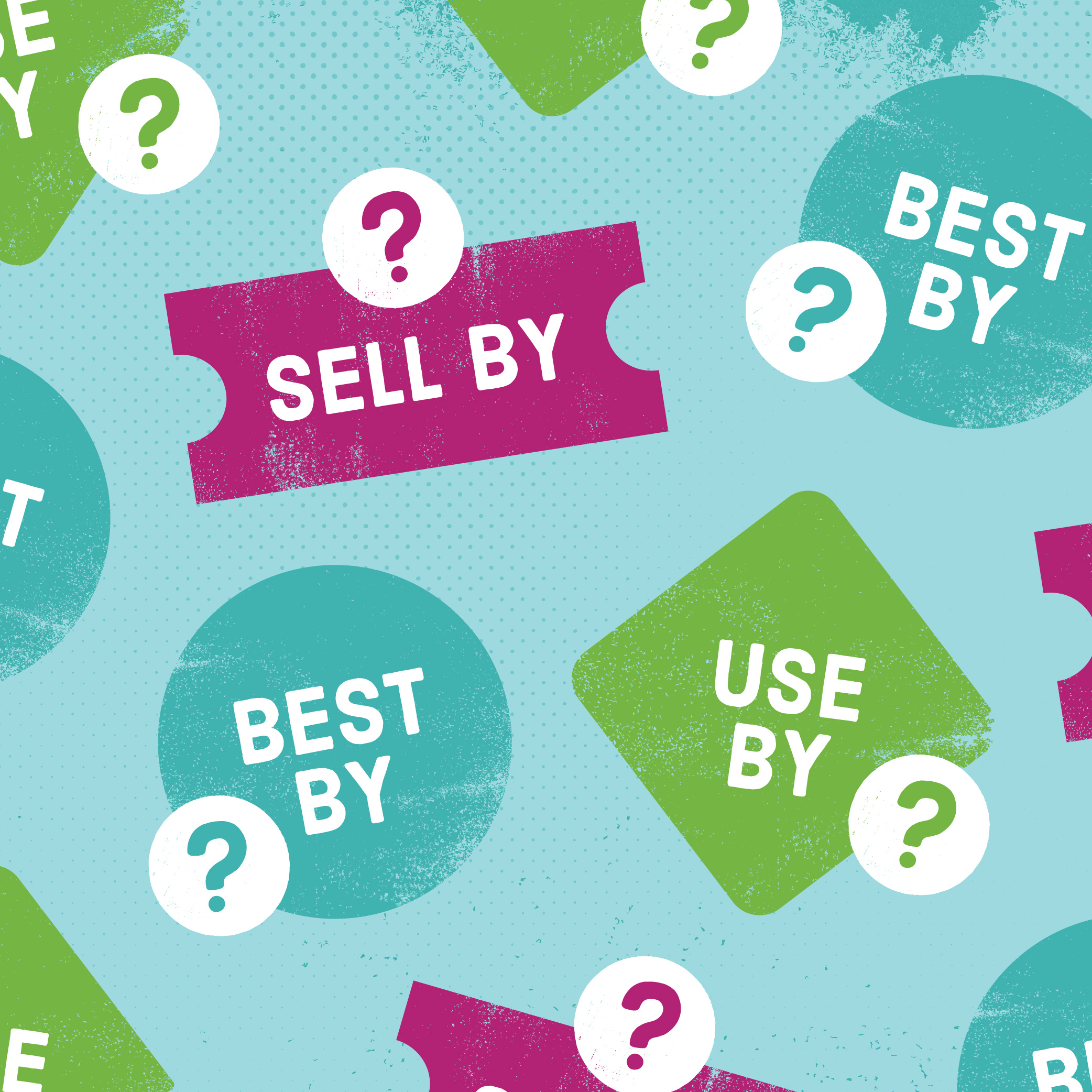
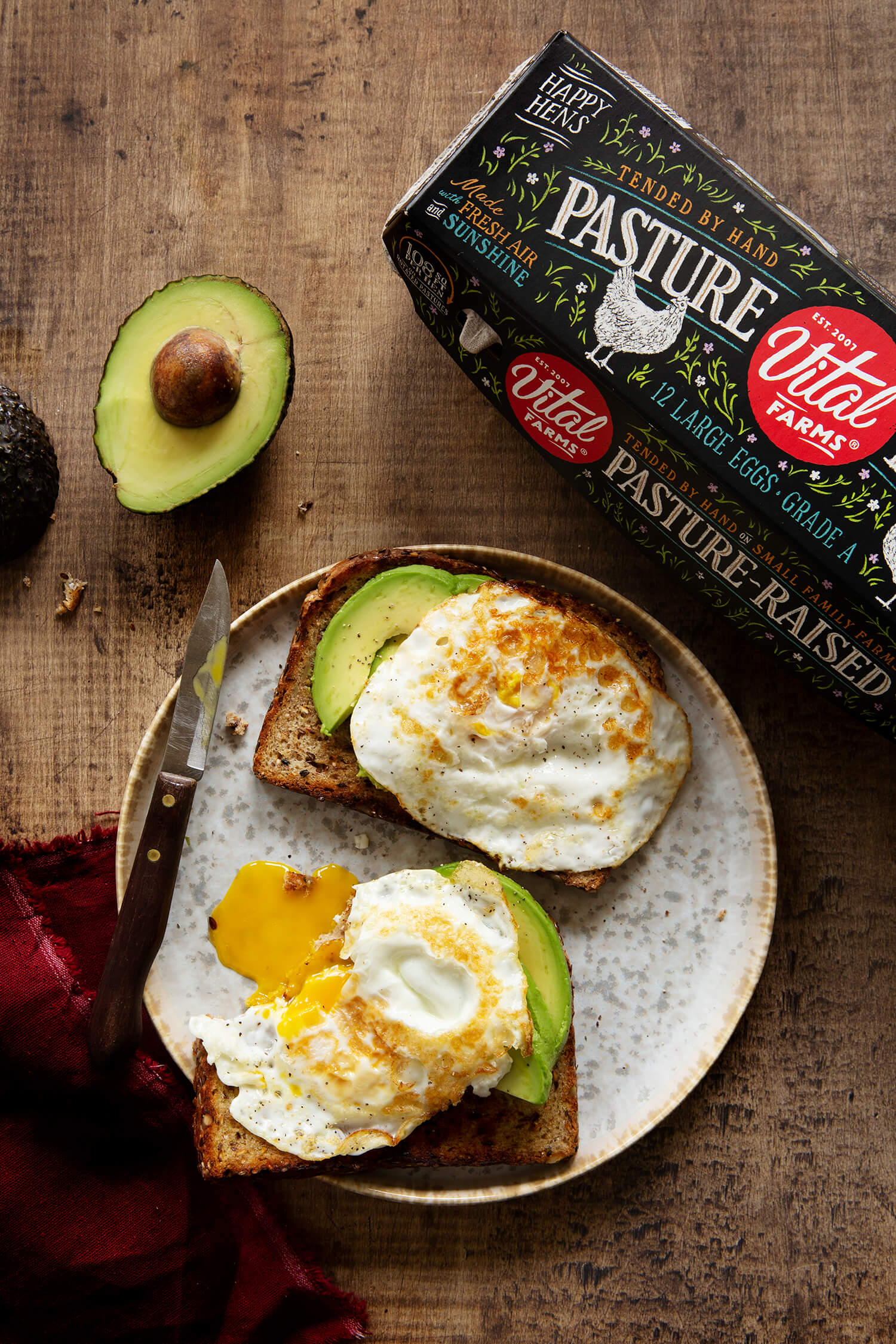

I used to have several German and Swiss knives as I collected them while I traveled to these countries frequently. However, they ALWAYS disappointed–my shoulder hurt and my food ruined. Honestly, just a waste of $. Then, after some research, I decided to splurge on my first Japanese chef’s knife. It wasn’t cheap, but well worth every dime. Cheap knives aren’t cheap because you have to keep replacing them. Invest on a good knife and you’ll be rewarded for life! Mine is a Misono, but there are many good brands out there too. Now, my shoulder doesn’t hurt and I can cut with perfect precision and little effort.
Regarding Opinel: while they are lovely French wooden-handle knives, they are very limited for practical kitchen use. With their folding design and non-existent tang in most of their selection, you might use a Slim knife for filleting fish, or peeling and slicing vegetables and cheeses. You would need to go to another manufacturer for chef’s knives, serrated bread knives, etc. Opinel is more known for its pruning knives and pocket knives. That’s how the company got its start.
Thanks for sharing your knife experiences with us, Mary. This is super helpful advice! We agree that a knife is a worthwhile investment. Making cooking easier, safer, and more fun is truly priceless!
I meant to say "no FULL tang"….which I am biased toward if we are talking about a wooden handle knife.
Thanks for this thorough response, Jenifer! You clearly know your knives! We love Opinel’s folding knives for picnics and camping but agree that they aren’t the best for kitchen use. Sabatier would be a better (but more expensive) example of a true French culinary knife. Thanks again for reading the blog!